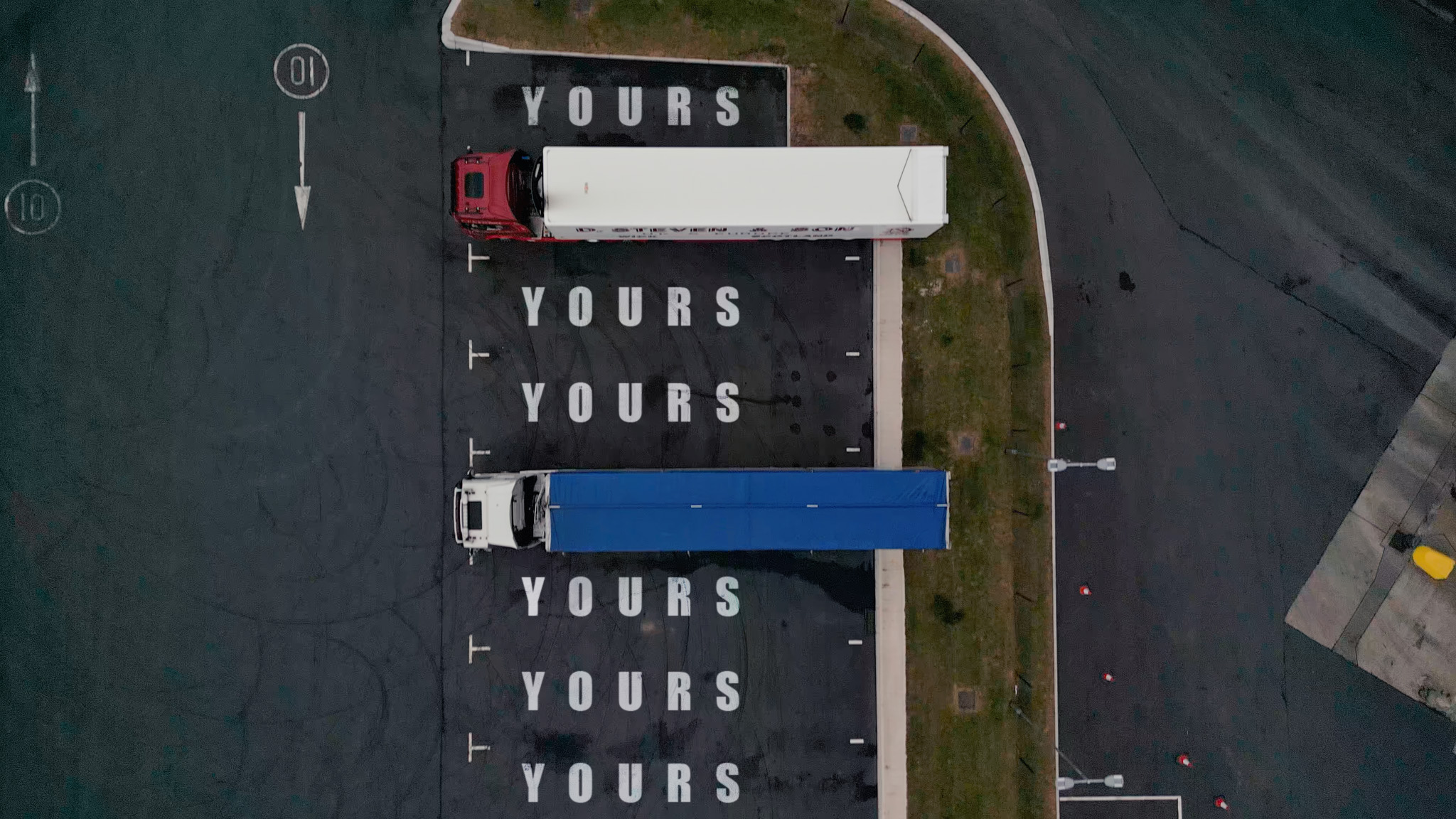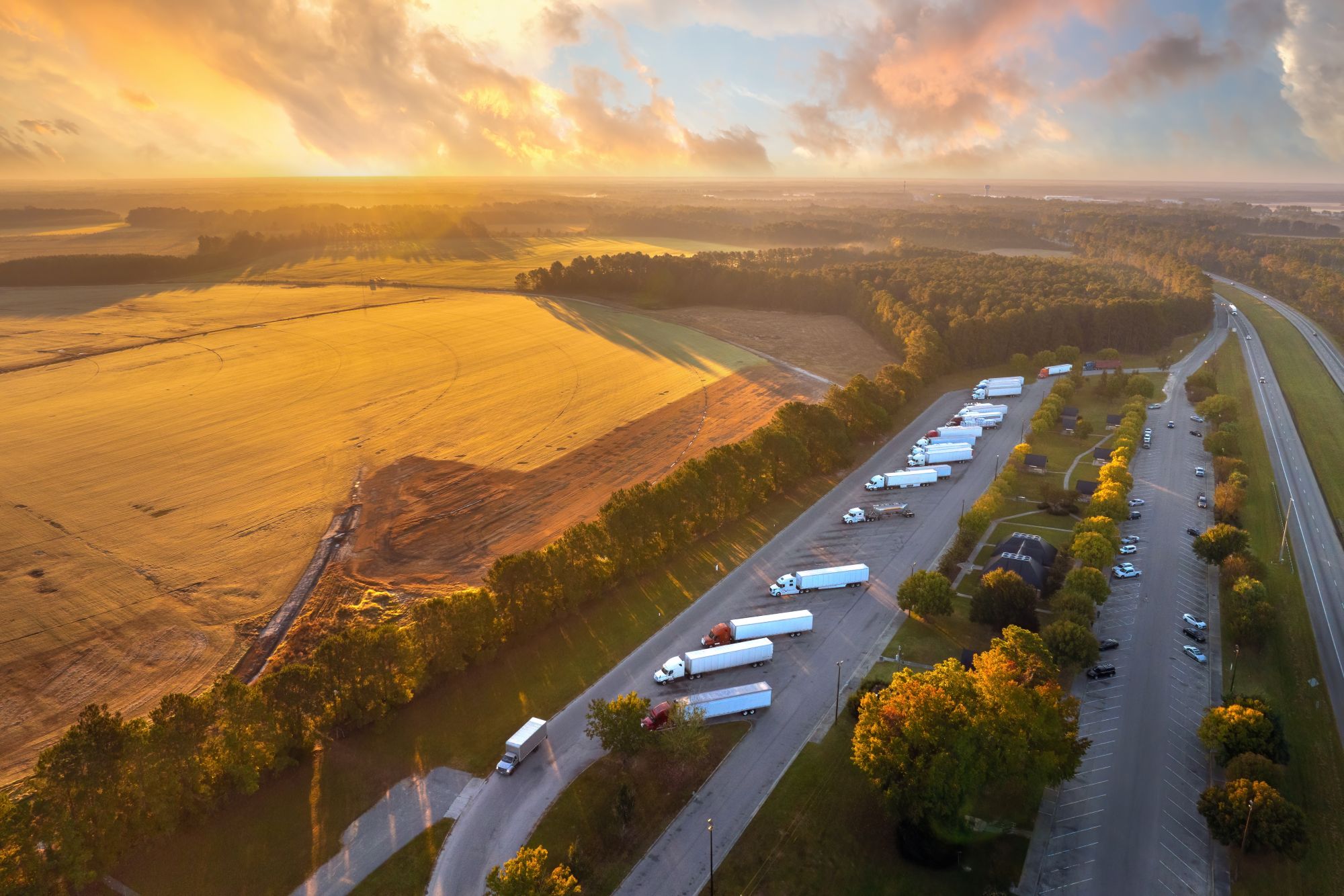
Miranda Blake
Проблемы и решения в современном управлении транспортом
Создано: 16.12.2024
•
Обновлено: 16.12.2024
Современное управление транспортом - это стратегический подход к планированию, организации и контролю эффективного и результативного перемещения товаров и материалов из пункта отправления в пункт назначения. Он предполагает использование технологий и данных для оптимизации транспортных процессов, снижения затрат и повышения удовлетворенности клиентов.
В этом блоге мы рассмотрим основные проблемы и решения, связанные с этим вопросом.
Ключевые задачи
Одним из самых насущных вопросов, с которыми приходится сталкиваться автопаркам, является управление расходами на топливо. Они составляют значительную часть операционных расходов, и их нестабильность может нанести ущерб процессам бюджетирования и общей рентабельности. Непредсказуемость цен на топливо создает эффект пульсации во всей цепочке поставок, вынуждая компании принимать сложные решения о поглощении затрат или повышении цен, что потенциально может повлиять на их конкурентоспособность. Однако дальновидные компании принимают стратегии по снижению сопутствующих рисков:
● Заключение контрактов хеджирования топлива для фиксации цен на определенный период, что позволяет стабилизировать расходы
● Инвестиции в современные топливоэффективные автомобили для снижения потребления и уменьшения общих затрат
● Изучение альтернативных источников топлива, таких как биодизель или сжатый природный газ, для защиты от колебаний цен на традиционное топливо
Одно из решений - SNAP Fuel - позволяет беспрепятственно управлять топливом:
● Операторы автопарка могут получать подробные отчеты о расходах, обеспечивая прозрачность затрат и помогая выявлять тенденции и области для улучшения.
● Благодаря сотрудничеству с Certas Energy пользователи могут получить доступ к скидочным тарифам на топливо, что еще больше снижает расходы.
Пробки на дорогах
Еще одна проблема - дорожное движение. По мере роста численности населения городов нагрузка на существующую инфраструктуру увеличивается, что приводит к проблемам во всей логистической цепочке. Задержки становятся обычным делом, расход топлива резко возрастает, операционные расходы увеличиваются, а удовлетворенность клиентов падает из-за длительных сроков доставки.
Существует несколько тактик борьбы с негативными последствиями этого:
● Использование передового программного обеспечения оптимизация маршрута поможет определить наиболее эффективные пути, сократить время в пути и расход топлива.
Интеграция данных о дорожном движении в реальном времени в операции может позволить динамически корректировать маршрут в зависимости от текущих условий.
Разработка специальных планов городской логистики может помочь предприятиям справиться с такими специфическими проблемами, как ограниченный доступ и часы пиковых нагрузок.
Нарушение цепочки поставок
От стихийных бедствий до геополитических событий и нехватки рабочей силы, сбои в работе - еще один вопрос, с которым сталкиваются автопарки, - приводят к задержкам, увеличению расходов и снижению уровня обслуживания, ставя под сомнение устойчивость систем управления транспортом.
Чтобы справиться с такими перебоями, организации могут использовать несколько стратегий:
● Диверсификация: Приобретение материалов и услуг у нескольких поставщиков позволяет снизить зависимость от одного из них и уменьшить риски.
● Оценка рисков: Регулярное проведение таких оценок поможет выявить уязвимые места в цепочке поставок и поддержать планирование действий в чрезвычайных ситуациях.
● Живой мониторинг: Внедрение технологий, обеспечивающих видимость цепочки поставок в режиме реального времени, может повысить оперативность реагирования и ускорить принятие решений.

Инновационные решения
По мере развития и интеграции технологий они обещают изменить будущее управления транспортом, решая давние проблемы и открывая новые возможности для роста и инноваций.
● Телематика: Системы слежения за автомобилем предоставляют данные о местоположении, оптимизации маршрута и поведении водителя в режиме реального времени, что позволяет принимать более взвешенные решения.
● IoT-устройства: Они могут следить за состоянием автомобиля, расходом топлива и состоянием груза, обеспечивая оптимальную производительность и безопасность.
● AI и машинное обучение: С их помощью вы можете использовать предиктивную аналитику и прогнозирование спроса, улучшая оптимизацию маршрутов и управление запасами.
● Блокчейн: Внедрение этой технологии может повысить прозрачность, безопасность и отслеживаемость цепочки поставок, способствуя укреплению доверия между заинтересованными сторонами.
Удержание и обучение водителей
Нехватка водителей - еще одна проблема управления перевозками, которую Министерство транспорта пытается решить, открыв консультацию по способам ее решения. Мы попросили дальнобойщиков высказать свое мнение по поводу этого предложения на странице [SNAP Facebook] (https://www.facebook.com/snapaccount). Хотя многие не высказались по поводу схемы, 72,5 % опротестовали термин "нехватка водителей", назвав его пугающим. Вместо этого они перечислили несколько причин, по которым опытные дальнобойщики покидают отрасль.
Поэтому привлечение и удержание квалифицированных водителей по-прежнему имеет большое значение. Правительство [приняло ряд мер] (https://snapacc.com/newsroom/addressing-the-hgv-driver-shortage-in-the-uk-in-20242025/), но руководители автопарков и дальнобойщики могут предпринять шаги самостоятельно:
● Конкурентная компенсация и льготы: Предложение привлекательных пакетов может помочь привлечь лучших специалистов на конкурентном рынке труда.
● Гибкий график работы: Его предоставление может повысить удовлетворенность работой и снизить текучесть кадров.
● Дополнительное обучение и повышение квалификации: Инвестиции в текущие программы могут вооружить водителей способностями, необходимыми для успешного выполнения своих функций и адаптации к новым технологиям.
Еще один ключевой способ удержать водителей - максимально облегчить их работу, а это включает в себя оплату парковки и мойки. К счастью, существует SNAP.
Получите поддержку от SNAP
Чтобы узнать больше о наших услугах и о том, как они могут помочь в управлении транспортом, свяжитесь с нами по телефону +44 (0)1603 777242.



